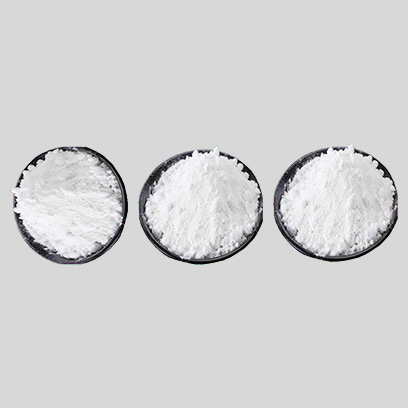
Sep . 22, 2024 12:29 Back to list
wholesale tio2 in food
Wholesale TiO2 in Food Understanding Its Role and Implications
Titanium dioxide, commonly referred to as TiO2, is a widely used food additive recognized for its brightening and coloring properties. In the food industry, it serves primarily as a pigment, providing a white color that enhances the visual appeal of various products, including confections, dairy items, and baked goods. This article delves into the implications of using wholesale TiO2 in food, touching upon its benefits, regulatory considerations, and public perceptions.
Wholesale TiO2 in Food Understanding Its Role and Implications
However, despite its benefits, the use of TiO2 in food has garnered considerable scrutiny, especially in recent years. Several studies have raised concerns about the safety of consuming titanium dioxide, particularly in nano-particle form. Some research suggests potential health risks, including inflammation and cytotoxicity, leading to debates over its safety as a food additive. This has prompted regulatory bodies in various regions to re-evaluate its use.
wholesale tio2 in food

The European Food Safety Authority (EFSA), for example, has taken a cautious approach, conducting extensive reviews to assess the safety of TiO2 in food. As of recent assessments, the EFSA has concluded that food-grade TiO2 can no longer be considered safe when consumed in its nano-form. Consequently, this has led to regulatory changes, with some countries moving toward banning or strictly limiting its use in food products.
In contrast, regulatory frameworks in other regions, such as the United States, have yet to impose significant restrictions on TiO2 usage in food. This discrepancy highlights the complexities faced by international food manufacturers who must navigate varying regulations while meeting consumer expectations.
Moreover, public perception plays a crucial role in the future of TiO2 in food. As consumers become increasingly aware of food additives and their potential health implications, there is a growing demand for transparency and safer alternatives. This shift in consumer behavior may drive manufacturers to reconsider their ingredient choices, opting for natural coloring agents that may also satisfy the aesthetic requirements without the associated controversies.
In conclusion, wholesale TiO2 remains a prevalent additive in the food industry, appreciated for its functional benefits but challenged by safety concerns and regulatory scrutiny. As the food landscape continues to evolve, both manufacturers and consumers must stay informed about the implications of TiO2 usage and the ongoing assessments of its safety in food products.
-
Premium 6618 Titanium Dioxide for GPT-4 Turbo Applications
NewsJul.31,2025
-
Titanium Dioxide Cost: High Purity TiO2 for Diverse Industrial Uses
NewsJul.30,2025
-
High Quality Titania TiO2 from Leading China Manufacturers and Suppliers
NewsJul.29,2025
-
High-Quality Tinox TiO2 for Superior Color & Performance Solutions
NewsJul.29,2025
-
High Quality Titania TiO2 from Leading China Supplier & Manufacturer
NewsJul.29,2025
-
High-Performance r6618 TiO2 for Superior Whitening and Versatility
NewsJul.28,2025
